List of republics
This is a list of republics. For antiquity (or later in the case of societies that did not refer to modern terminology to qualify their form of government) the assessment of whether a state organisation is a republic is based on retrospective analysis by historians and political theorists. For more recent systems of government, worldwide organisations with a broad political acceptance (such as the United Nations), can provide information on whether or not a sovereign state is referred to as a republic.
List by period
Antiquity
| State | Date of existence | Notes |
|---|---|---|
| Mahajanapada | c. 600 – c. 345 BC | A clan confederacy of two oligarchic republics and other states (kingdoms) in ancient India |
| Licchavis[1] | c. 600 – c. 345 BC | One of the eight confederate clans of the Vajji Clan Mahajanapada;[2] the city of Vaishali was the republic's capital.[3] |
| Roman Republic | 509–27 BC | |
| Classical Athens | 508–322 BC | Various Greek city-states under Classical Athenian influence; these loyalties and governments changed frequently (see synoecisms), and in some instances were even under the influence of Sparta without succumbing to oligarchy. |
| Ancient Carthage | 308–146 BC | In 308 BC, an attempted coup to restore the monarch to full power failed, which led to Carthage becoming a republic.[4] |
Middle Ages
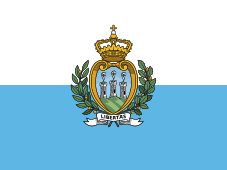
- Qarmatians (899-1067)
- Gotland (?-1285)
- Upstalsboom League (c. 12th century–15th century)


- Taifa of Córdoba (1031–1070)
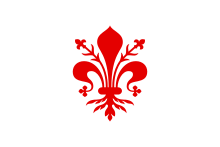

.svg.png)
.svg.png)




- Republic of Poljica (1322–1806)



- Dithmarschen (c. 1400 – 1559)


Maritime republics
A maritime republic was a thalassocratic city-state during the Middle Ages in which the merchant class had considerable power.
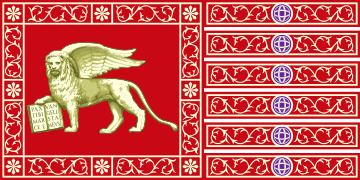
- Republic of Gaeta (839–1140)

- Bajjāna (886-922)
.svg.png)

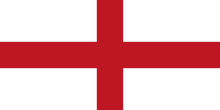

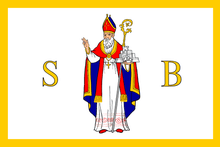
Free imperial cities
A free imperial city was a self-ruling city member of the Holy Roman Empire that was represented in the Imperial Diet.





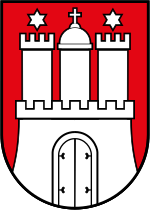



























.png)




























Early modernity
- Zaporizhian Sich (1552–1775)
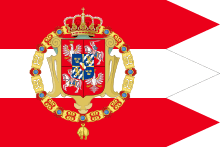
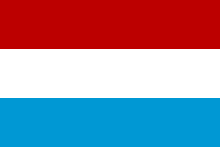
- Saint-Malo (1590–1594)
.svg.png)
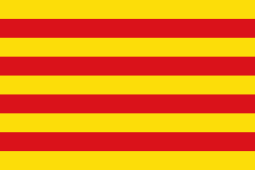



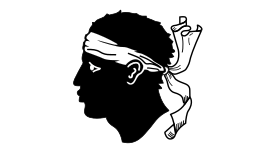
- Republic of Paulava (1769–1795)


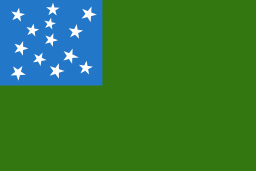
.svg.png)


.svg.png)
Sister republics
A sister republic was a client state of France established by French armies or by local revolutionaries and assisted by the First French Republic during the French Revolutionary Wars.

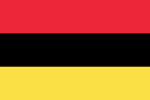
- Rauracian Republic (1792–1793)


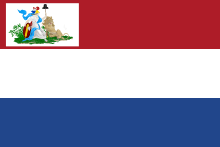

- Bolognese Republic (1796)
- Republic of Reggio (1796)
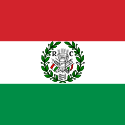

- Republic of Asti (1797)
- Republic of Bergamo (1797)
- Republic of Brescia (1797)


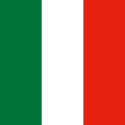


- Lemanic Republic (1798)
.svg.png)
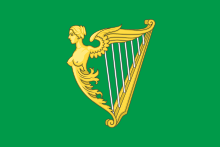

.svg.png)


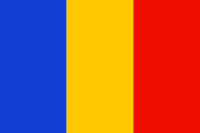

.svg.png)
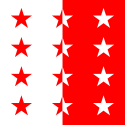



Modernity
19th century
Africa



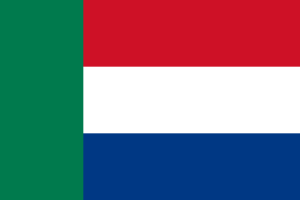
North America

.svg.png)
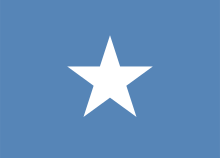


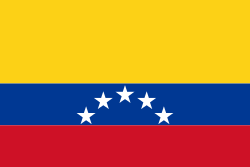
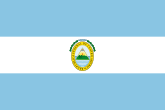
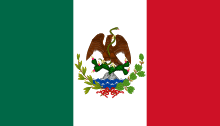
- Republic of Madawaska (1827)
- Republic of Indian Stream (1832–1835)

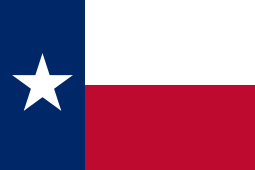

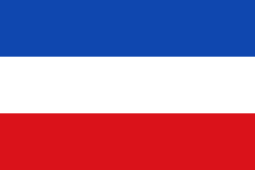
.svg.png)
.svg.png)
.svg.png)
.svg.png)

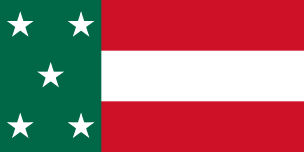

.svg.png)
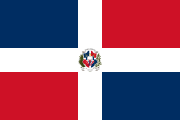
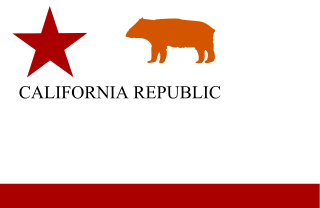

.svg.png)
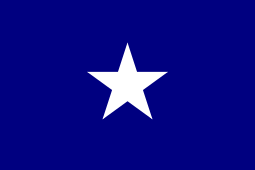
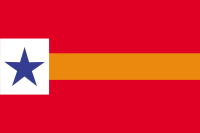


.svg.png)


- Republic of Manitobah (1867–1869)
.svg.png)

.svg.png)

South America

.svg.png)
.svg.png)


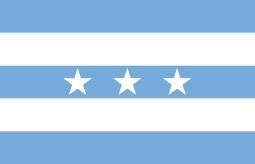
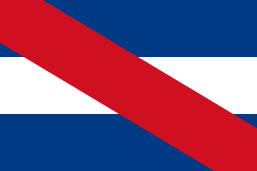
- Republic of Tucumán (1820-1821)
.svg.png)
.svg.png)


.svg.png)
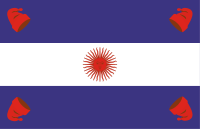
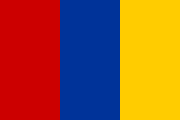
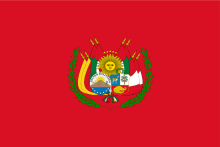

.svg.png)
.svg.png)
.svg.png)




.svg.png)

.svg.png)
.svg.png)
Asia

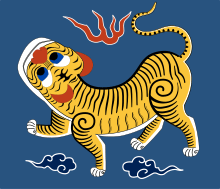
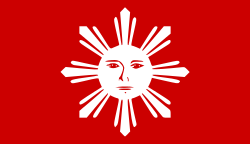
.svg.png)
Europe






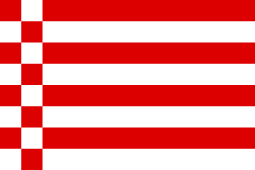
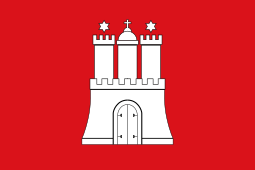



.svg.png)

.svg.png)
- Free Cities of Menton and Roquebrune (1848–1861)
.svg.png)


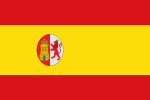

- Republic of Tamrash (1878–1886)
Oceania
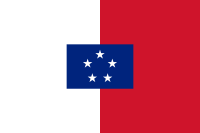
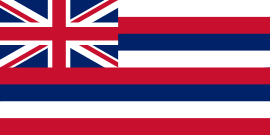
20th century
Africa
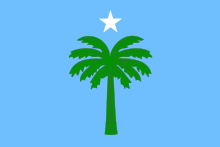




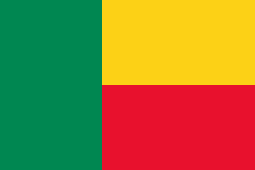
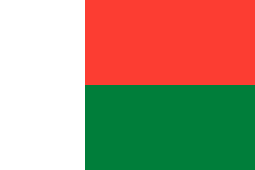











.svg.png)

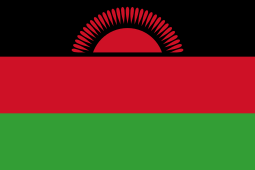

.svg.png)

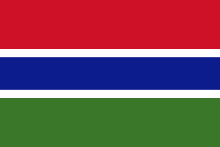
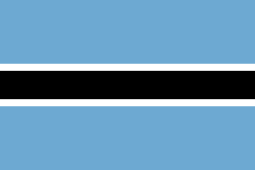
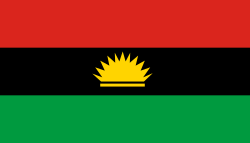
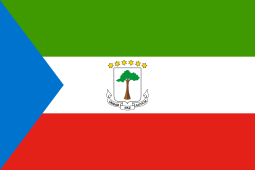
.svg.png)
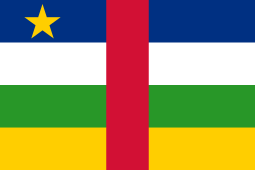



.svg.png)

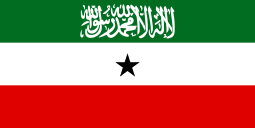
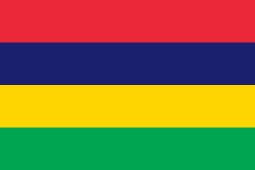
America



.svg.png)
.svg.png)
.svg.png)

.svg.png)

.svg.png)
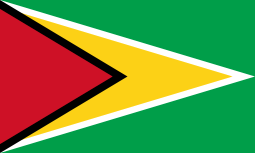
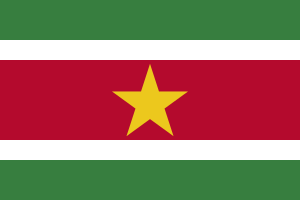

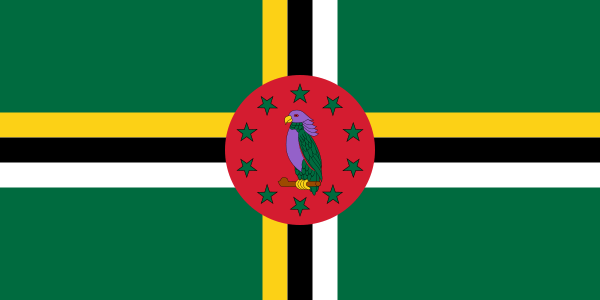

.svg.png)
Asia
- Urjanchai Republic (1 December 1911 – 17 April 1914)


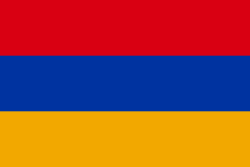
.png)

.svg.png)
.svg.png)

.svg.png)

.svg.png)
.svg.png)




.svg.png)











.svg.png)

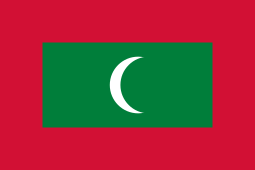









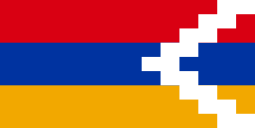

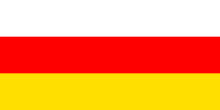
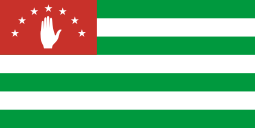

Europe







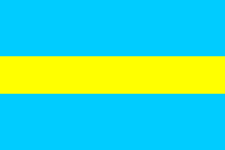
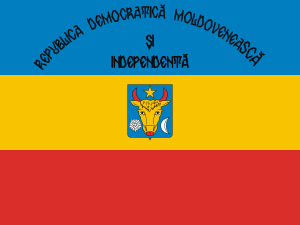

.svg.png)


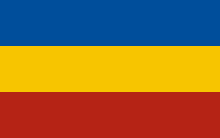
.svg.png)




.svg.png)








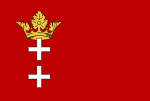
.svg.png)

.svg.png)

.svg.png)









.svg.png)





Oceania
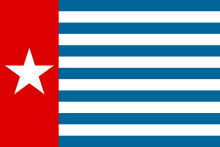
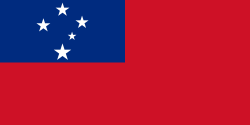
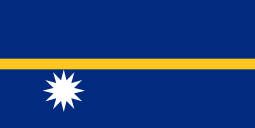
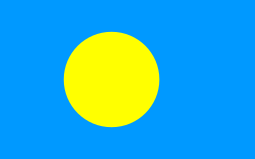
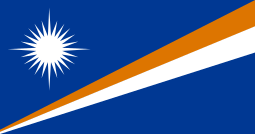
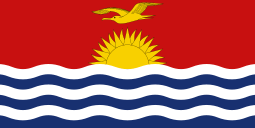
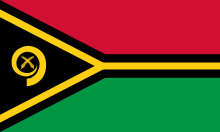
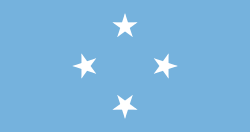
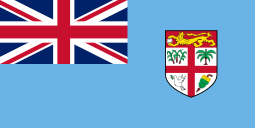
21st century and later
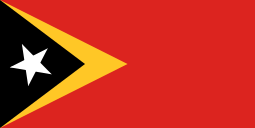
.svg.png)


.svg.png)

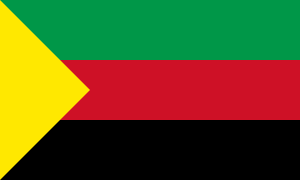
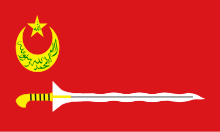
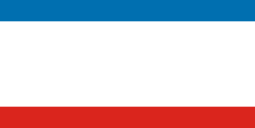
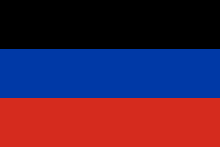



List by type
In modern usage, a republican system of government is loosely applied to any state which claims this designation.[10] For example, the Dominican Republic under Rafael Trujillo is considered a republic, as is the Republic of Iraq under Saddam Hussein and The Union of Soviet Socialist Republics under Joseph Stalin. The Kingdom of Sweden (which in 2006 ranked highest in the Economist's index of democracy)[11] is not a republic, but the Democratic People's Republic of Korea (i.e. North Korea, which ranks lowest in the same survey) is.
Arab republics




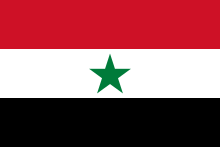
.svg.png)
Confederal republics
Confederal republics are associations of sovereign states, usually having power over critical common issues such as defense and foreign policy:
.svg.png)
- Senegambia Confederation (1982–1989)
.svg.png)
Crowned republics
A crowned republic, is a form of constitutional monarchy where the monarch's role is commonly seen as largely ceremonial and where all the royal prerogatives are prescribed by custom and law in such a way that the monarch has limited discretion over governmental and constitutional issues.


.svg.png)

.svg.png)
.svg.png)
.svg.png)

Democratic republics
These are republics that use the word "democratic" in their official name. Their actual political systems can vary considerably.


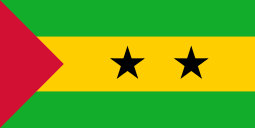

.svg.png)







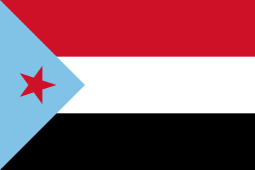
Federal republics
Federal republics are federal states in which the administrative divisions (states or provinces) theoretically retain a degree of autonomy which is constitutionally protected, and cannot be revoked unilaterally by the national government. Federal republics are not unitary states.





.svg.png)





.svg.png)





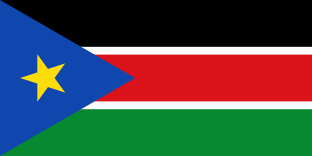



%3B_Flag_of_Serbia_and_Montenegro_(2003%E2%80%932006).svg.png)


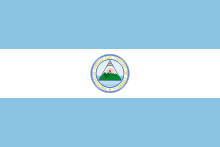


.svg.png)
Islamic republics
Republics governed in accordance with Islamic law:
People's republics
People's republics are said to be governed by the people. The name is most often (but not always) used by communist states.
Current people's republics
Former people's republics
.svg.png)
.svg.png)
.svg.png)

.svg.png)

.svg.png)
.svg.png)
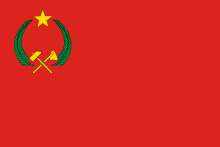
.svg.png)
.svg.png)

.svg.png)
.svg.png)
Socialist republics
These are republics that use the word "socialist" in their official name.
.svg.png)
.svg.png)
.svg.png)


.svg.png)
.svg.png)
.svg.png)
.svg.png)

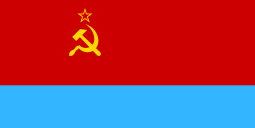

Unitary republics
Unitary republics are unitary states which are governed constitutionally as one single unit, with a single constitutionally created legislature. Unitary states are not federations or confederations.






- Cospaia (1440–1826)







- Finnish Democratic Republic (1 December 1939 to 12 March 1940)

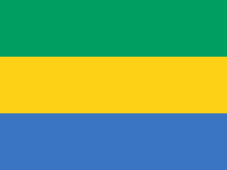

.svg.png)








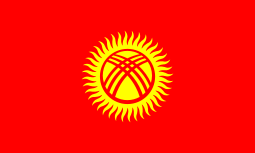

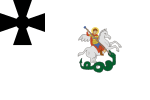
- Menton and Roquebrune (1848–1861)

















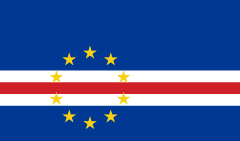





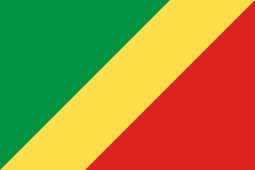
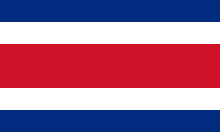








- Republic of Ezo (1868–1869)






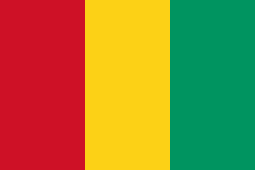




.svg.png)




























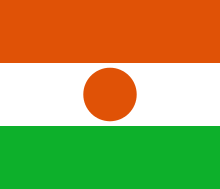
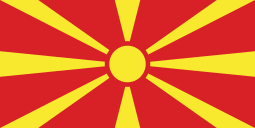



















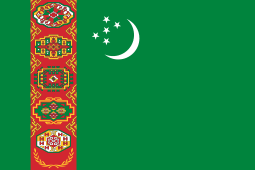










.svg.png)
.svg.png)
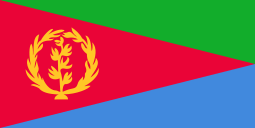
.svg.png)

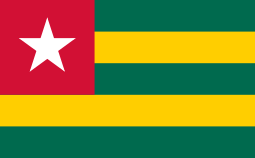





See also
References
- Jagdish P. Sharma, Republics in ancient India, c. 1500 B.C.–500 B.C., Brill Publishers, 1968, p. 103: "the Licchavis had a council of 9 though the membership of their Assembly numbered 7,707. ... [The Assembly] normally met once a year for important and grave public business."
- Jagdish P. Sharma, Republics in ancient India, c. 1500 B.C.– 500 B.C., Brill Publishers, 1968, p. 82.
- Vaishali – Encyclopædia Britannica
- Andrew Lintott, Violence, Civil Strife and Revolution in the Classical City: 750-330 BC, Routledge, 2014, p. 66.
- "Brief history of Novgorod". waytorussia.net. Retrieved 26 December 2007.
- Carrington, Dorothy, "The Corsican Constitution of Pasquale Paoli (1755–1769)," The English Historical Review, July 1973, pp 481–503
- Van de Water, Frederic Franklyn (1974). The Reluctant Republic: Vermont 1724–1791. The Countryman Press. ISBN 0-914378-02-3.
- "Wee, Small Republics: A Few Examples of Popular Government", Hawaiian Gazette, p. 1, 1 November 1895
- Henry St. Amant Bradsher, Afghanistan and the Soviet Union, Duke University Press, 1983.
- Republic, Oxford English Dictionary, SECOND EDITION 1989
- Laza Kekic, The Economist Intelligence Units Index of democracy, The Economist: The World in 2007
- Wells, H. G. (1 December 2005). A Short History of the World. Cosimo, Inc. ISBN 9781596055858.
- Willoughby, Westel Woodbury; Fairlie, John Archibald; Ogg, Frederic Austin (1918). The American Political Science Review. American Political Science Association.
- Patmore, Glenn (2009). Choosing the Republic. University of New South Wales Press. ISBN 9781742230153.
- "Ελλάς (Πολίτευμα)" [Greece (Form of Government)]. www.anemi.lib.uoc.gr (in Greek). Athens: Pyrsos Publishing. 1934. p. 239. Retrieved 31 August 2018.
Through the Constitution of 1864, constitutional monarchy, or, as it had been described, "crowned democracy", or "democratic monarchy", was consolidated as the form of government in Greece.
- "Σύνταγμα της Ελλάδος" [Constitution of Greece] (PDF). www.hellenicparliament.gr (in Greek). Athens: Hellenic Parliament. 1952. p. 6. Retrieved 31 August 2018.
Article 21: The Form of Government of Greece is that of a Crowned Republic. All powers stem from the Nation and are exercised in accordance with the Constitution.
- "The Formation of the Brazilian Republic in 1889". Archived from the original on 10 November 2016. Retrieved 19 May 2008.
- "Mexico". The World Factbook. CIA. 2007. Retrieved 21 December 2007.
- "Nepal declared republican state – Gorkhapatra Sansthan - State Owned Newspaper". Archived from the original on 26 July 2007.
- Supreme Soviet of the Russian SFSR approved the Law of the RSFSR #2094-I of December 25, 1991 "Name Change for the Russian Soviet Federative Socialist Republic" // News of the Congress of People's Deputies of the Russian SFSR and Supreme Soviet of the Russian SFSR. – 1992. – № 2. – Art. 62
- Article 1 of the Russian Constitution
- "United States". The World Factbook. CIA. 2007. Retrieved 21 December 2007.
- "Korea, North". The World Factbook. CIA. 2007. Retrieved 21 December 2007.
- "Algeria". The World Factbook. CIA. 2007. Archived from the original on 14 October 2012. Retrieved 21 December 2007.
- "Laos". The World Factbook. CIA. 2007. Retrieved 21 December 2007.
- "Bangladesh". The World Factbook. CIA. 2007. Retrieved 21 December 2007.
- "China". The World Factbook. CIA. 2007. Retrieved 21 December 2007.
Further reading
- Robinson, E. W. (1997). The First Democracies: Early Popular Government Outside Athens. Franz Steiner Verlag. ISBN 3-515-06951-8.
External links
